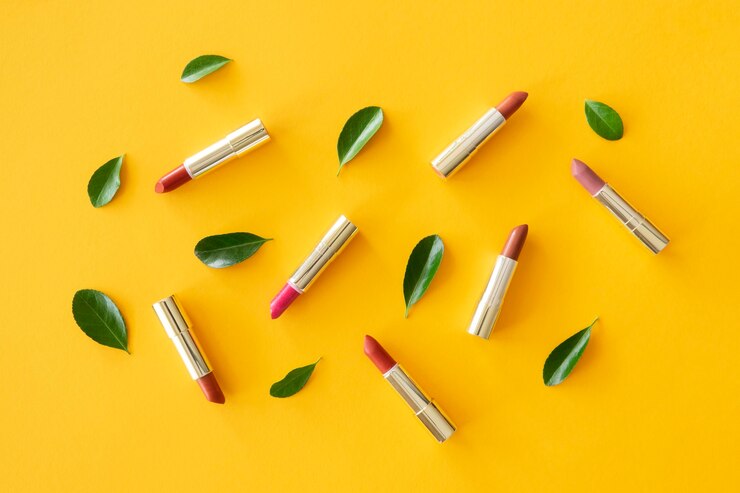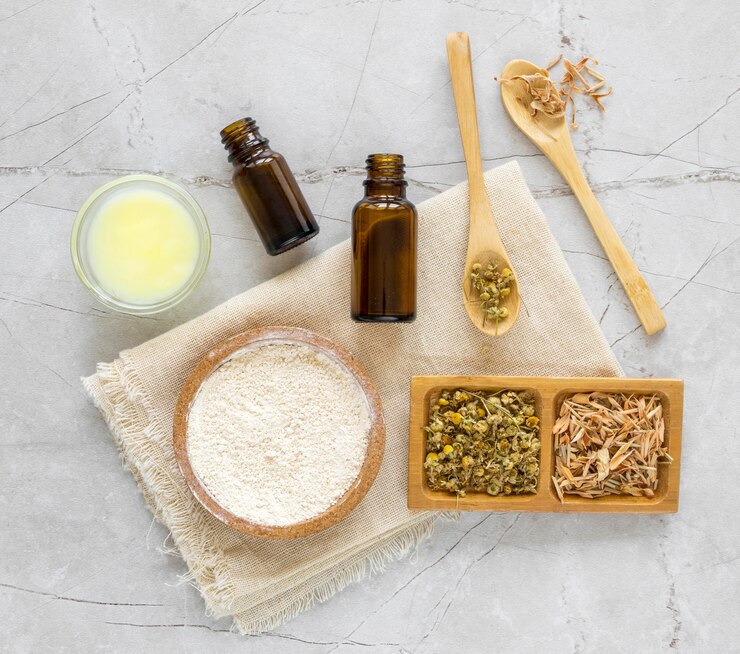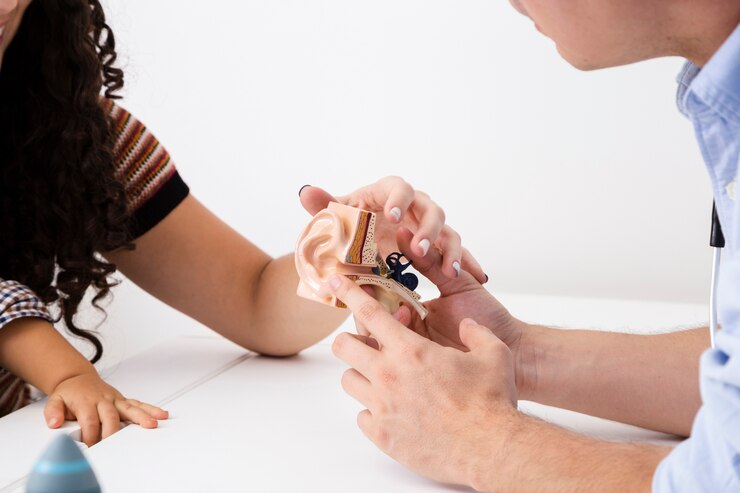
Finding a “green” lipstick on the market today isn’t difficult, especially since concerns about “lead in lipstick” arose a few years back. Many brands are now emerging, offering lipsticks that swap petroleum and synthetic additives for plant-based oils and waxes. A common natural lipstick recipe might include castor oil, jojoba oil, and other options like avocado, pomegranate, or sunflower oils, along with butters like cocoa, shea, or mango, Vitamin E oil, beeswax or candelilla wax, and floral or fruit extracts.
These ingredients form the basic formula, but adding color is where natural cosmetics companies face a challenge. Pigments can be sourced from minerals, plants, synthetic materials, and even insects (ingredients like carmine, cochineal extracts, Natural Red 4, or E120 come from bugs!).
Years ago, before the “green beauty” trend, natural lipsticks generally came in shades like dusty rose, coppery brown, or nude, using only mineral and plant pigments. The growing demand for eco-friendly beauty products has pushed brands to create natural lipsticks that imitate the look of synthetic ones. Previously, only conventional makeup could offer vibrant colors like bright red and magenta.
Producing such bright shades with naturally sourced ingredients is challenging, more expensive, and some say nearly impossible. Tata Harper, founder of a popular natural skincare line, has stated that achieving the same vibrant colors as conventional brands is tough without using synthetic dyes, which are often petroleum- or coal tar-based.
Sasha Plavsic, founder of the natural lipstick company ILIA Beauty, decided to include tiny amounts of synthetic colors in her lipsticks, except for one shade. ILIA lipsticks contain about 0.1-0.3% synthetic dye to compete with mainstream brands in the most natural way possible. She acknowledged that using synthetic colors was a difficult decision since some people may be allergic to them. To cater to all preferences, she created ‘Nobody’s Baby’ with entirely natural pigments based on iron oxide.
Iron oxides and titanium dioxide are the most common pigments in natural lipsticks. These ingredients can contain trace heavy metals, naturally found in the earth, which means some contamination might occur. However, pigments derived from chemical and petroleum sources, especially coal tar dyes, often have higher levels of contamination compared to plant and mineral-based ingredients.
When choosing a lipstick, consider:
– How transparent is the brand about its pigments?
– How “natural” are you comfortable going?
Personally, I love vibrant lipstick shades and won’t give them up for sheer lip balm, which might be the best way to avoid contamination. Therefore, I choose brands I trust for their transparency, such as ILIA, known for openly acknowledging its use of synthetic pigments. Many organic cosmetic brands likely use mild synthetic colors without listing them.
Do your research, explore cosmetic brands, and trust your instincts to make informed decisions for your health.
Here are some of my favorite brands offering beautifully pigmented lipsticks with clean ingredients:
– FitGlow
– Tata Harper
– Axiology
– W3ll People
Note: Many popular lipstick brands use titanium dioxide, considered safe if it doesn’t contain inhalable nanoparticles. Additionally, some use manganese violet, an inorganic compound rated low hazard by the Environmental Working Group’s Skin Deep database.
Share your favorite lipstick shade or brand for a night out with me in the comments below!
I use lipstick and cosmetics from Pure Anada, a Canadian company started by Candace Grenier in Manitoba. I’m confident these products are free from harmful ingredients.
Hi Adele, Pure Anada is indeed a fantastic non-toxic option. Thanks for sharing!
I like Pacifica, which I buy at my local health store here in Fredericton, NB. It seems safe, and I also use their nail polish and other cosmetics.
Hi Gisele! It’s wonderful to hear you’ve embraced green beauty products.
Heather – Joyous Health Team
I appreciate Au Naturale, a US-based brand with vegan and organic ingredients. In Canada, I found Haut cosmetics. Omiana, another US brand, lists all ingredients.
Thanks for sharing!
This is a very informative post, Seanna. I’m glad you highlighted that carmine comes from insects! It’s surprising how little consumers know about lipstick ingredients.
For vegans, watch out for beeswax and lanolin oil too; lanolin is derived from sheep glands! For those with allergies or a vegan lifestyle, we highlight some ingredients to avoid in a recent post here:
[Link: makeupscholar.com/what-lipstick-made-of]
Thanks again for the insightful post, Seanna and Joyous Health,
Laura.


